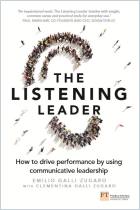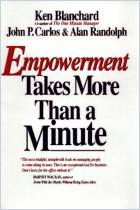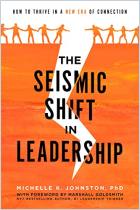Modern leaders interact with their employees, customers and other stakeholders to fuel profit, growth and loyalty and to exercise influential leadership. Often they communicate by connecting through various social media and Internet tools. Drawing from research with leaders worldwide, consultant Simon Hayward explains how to achieve connectivity and exercise the leadership it requires by following a five-part framework: “purpose and direction, authenticity, devolved decision making, collaborative achievement” and “agility.” This organized strategy is designed to help leaders function effectively in today’s volatile, uncertain, complex and ambiguous (VUCA) world. getAbstract recommends Hayward’s manual and his concept that “connected leadership” fosters connected organizations.
Difficult Times
Today’s business leaders often borrow a military term to characterize the current business environment: VUCA, that is, volatile, uncertain, complex and ambiguous. Rigid management methods will come to grief in such an environment.
No one can predict the future, but trying to sort out your company’s future challenges becomes increasingly important in the face of the sweeping changes now rewriting the social and business order. Consider these wrenching upheavals since 1995: several economic recessions, disrupted relationships between consumers and organizations, the tidal wave of social media, demands for greater transparency and accountability, and the onslaught of newer and better technologies. Within this confusing context, empathetic leadership that shares power is largely replacing old-style, command-and-control leadership based on “big personality” leaders. This marks the end of the “hero” approach that worked for CEOs like Jack Welch of GE and Steve Jobs of Apple.
“Connected Leadership”
Today’s connected leadership draws on the strengths of already developed leadership models, including “servant ...
Simon Hayward, who holds a doctorate in Business Administration, is the founder and CEO of Cirrus, a leadership consultancy.
















Comment on this summary or Iniciar a Discussão